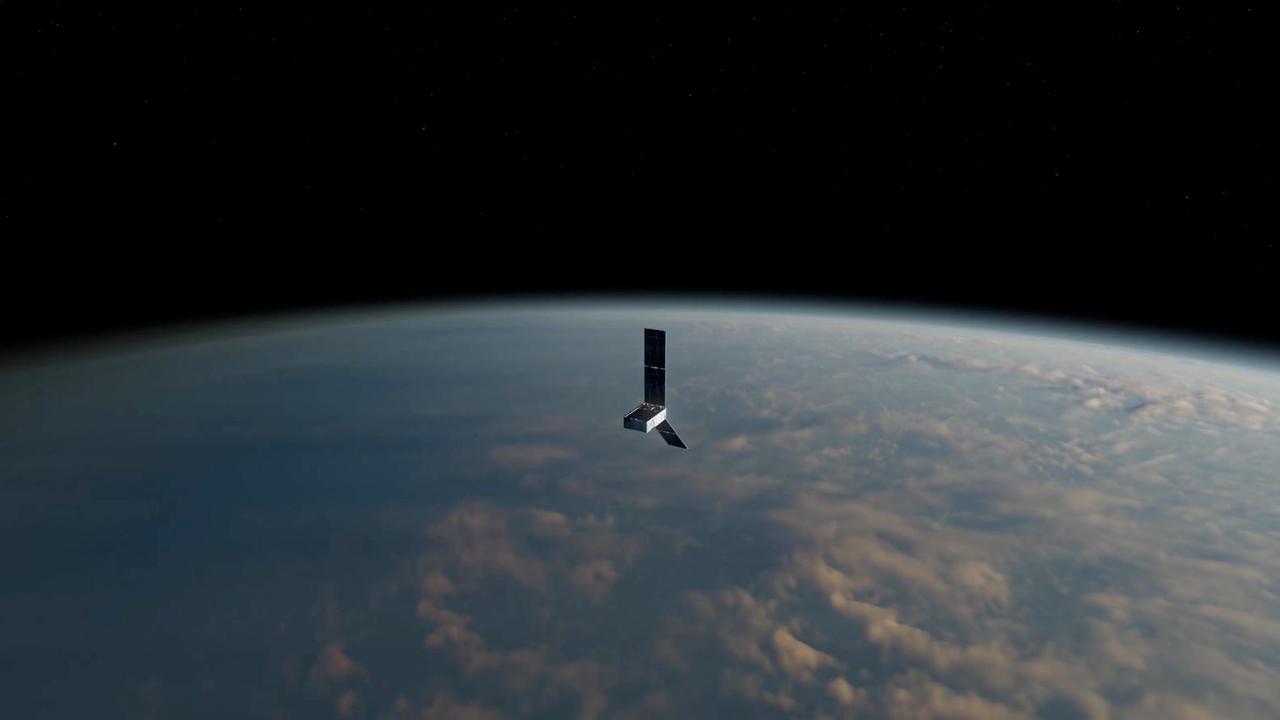At the core of the mission is a pair of advanced spectrometers designed by NASA’s Jet Propulsion Laboratory in Southern California. They measure wavelengths of light in the far-infrared range of the electromagnetic spectrum and are sensitive to 10 times more far-infrared wavelengths than any similar instrument. This information gives researchers insight into processes associated with surface ice melt and formation, snowmelt and accumulation, and changes in cloud cover.
“The PREFIRE satellites show that at these longer wavelengths, the amount of radiation going into space can differ from one type of ice to another by as much as 5%,” said Brian Drouin, PREFIRE’s project scientist at JPL. “Measurements that look at the same areas but with shorter wavelengths do not show this difference.”
Although the PREFIRE CubeSats have been gathering data on the entire globe, the science team has concentrated their analysis on Earth’s polar regions for its prime mission. Going forward, they will expand their work to include data from the rest of the world.
“We have the capacity to collect data for the whole world, not just the poles. What we’ll be able to do is look at the size of ice particles in clouds that affect energy exchange between Earth and space,” said PREFIRE’s principal investigator, Tristan L’Ecuyer of the University of Wisconsin–Madison. “We’ll be able to incorporate the data into weather prediction models to improve forecasts and improve our understanding of how moisture circulates, which affects where storms form and how precipitation moves around the world.”
The satellites are in what’s called an asynchronous near-polar orbit, traveling near the poles with each pass but hours apart from one another. This provides two snapshots of the same area over time, enabling the mission to capture phenomena that occur on short timescales, such as cloud cover’s temporary effects on the temperature of the area beneath it.
More About PREFIRE
NASA’s Jet Propulsion Laboratory manages PREFIRE for the agency’s Science Mission Directorate and provided the spectrometers. Blue Canyon Technologies built the CubeSats and the University of Wisconsin–Madison processes the data the instruments collect. The launch services provider, Rocket Lab USA Inc. of Long Beach, California, launched both PREFIRE CubeSats from Rocket Lab Launch Complex 1 in New Zealand in May and June 2024.
To learn more about PREFIRE, visit:
https://science.nasa.gov/mission/prefire/
